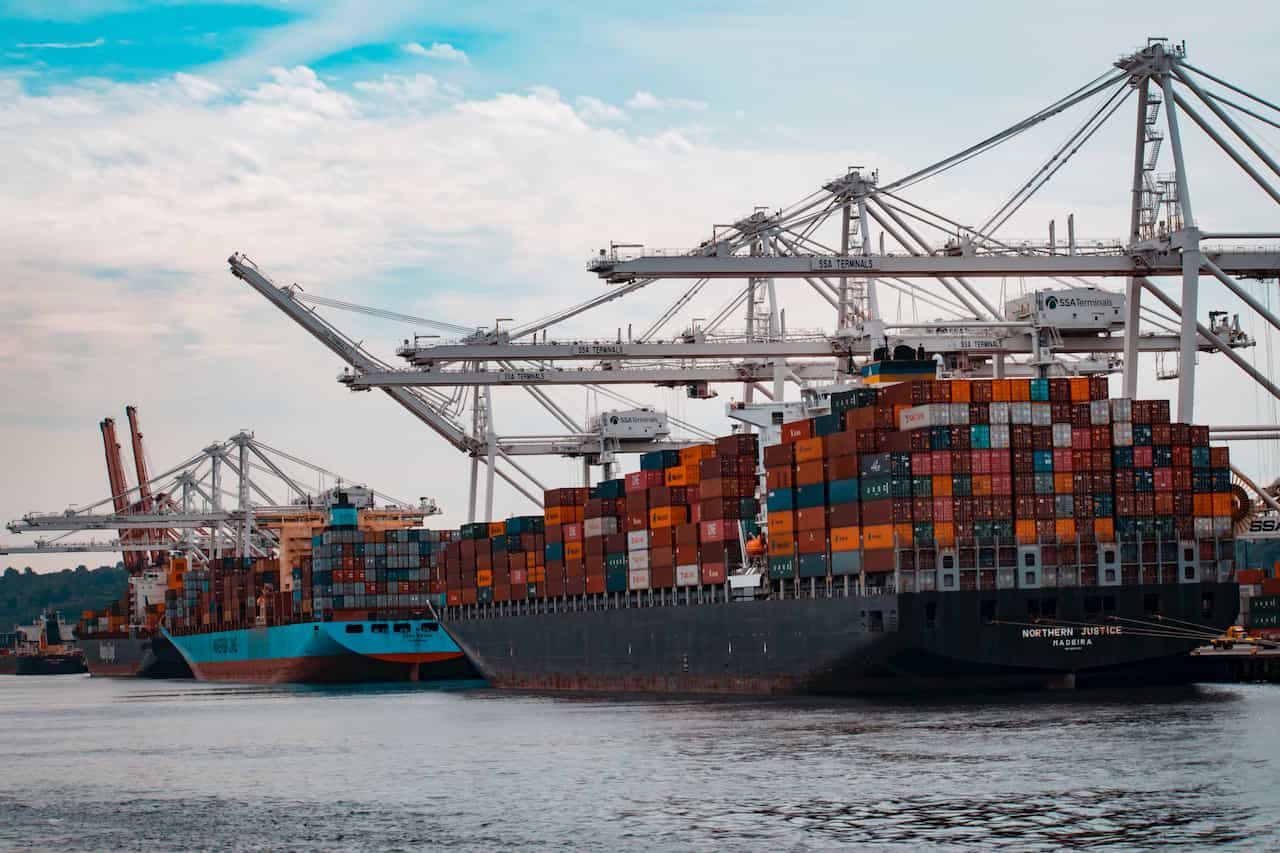Getting Your Truck Ready for the Winter
Keeping your truck on the road during the colder winter months is a top concern for every truck driver.

BACK TO BLOG
With each groundbreaking stride that technology takes, there is an increase in the pressures and competitive landscape of the automated freight industry. While Freight demand keeps growing at an alarming rate, operators still battle with effective management of the former demand. Since there is not enough infrastructure to meet demands, the automation of the freight industry was essential.
The automated system proffered a highly efficient and profitable solution, but what next? What does 2025 hold for the Automated Freight Industry?
The inefficiency of present Freight ports is dreadful and has continued to wreak havoc on the global economy. Many anchored vessels are being stranded while having numerous containers aboard. This leads to delays and hence imposes severe costs like retarded manufacture of goods, spoiled goods, loss of revenue by exporters, and detrimental shortages for retailers.
2025 gives the hope of a tenfold increase in the efficiency of operations by actively introducing software that increases both popularity and productivity. It does seem like there would be an almost 50% adoption rate of new and improved Automated Freight Ports by operators in the Freight Industry. The port of Rotterdam, for example, is almost entirely automated as it is mainly run by software. With about 450 million tons passing through this port and a massive reduction in errors, the importance of an automated freight port cannot be overemphasized.
Automated Freight Trucks seem to be generating many opinions. While some hope that it ushers in a new dawn in the automated Freight Industry, others have raised much concern for the possibility of a technology malfunction. However, these trucks could monumentally cut down costs for the company owners. Regardless, the Self-Driving Truck is not expected to replace truckers as it will be made to support their activities and reduce their hefty workload.
Drones are being used for a plethora of things these days and their capabilities are still being explored. Amazon, an online retailer, has been running such experiments with the hope of drones being incorporated into their logistics system including remote-location deliveries. Only time will tell how these technologies, which are very impressive, will hold up in the long run. We expect that 2025 will bring self-flown drones that offer cost-effective and efficient means of the goods delivery.
Finally, these technological advancements will meet with much skepticism, but the benefits of further development for the industry are limitless. Similarly, the issues that Automation alleviates give room for less human error. It also increases the overall turnover in the Automated Freight Industry. Indeed, the future does look promising.